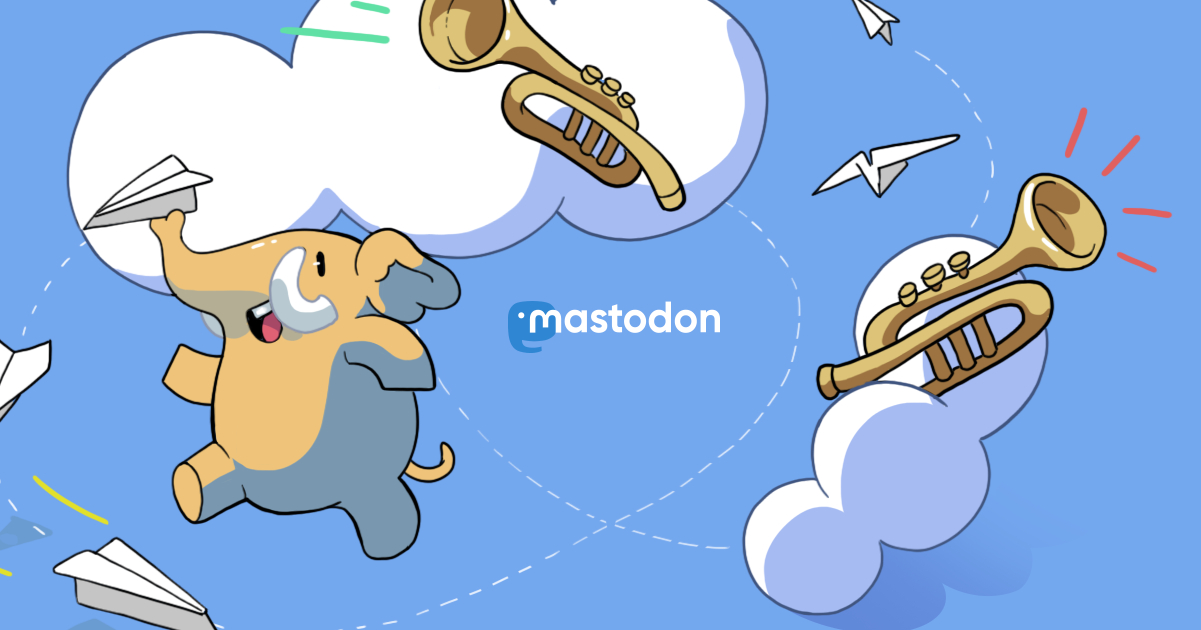@duponin i don't think it's safe to assume that the S3 docs apply to anything other than S3. does scaleway even have a glacier-equivalent? AFAIK it's never been leaked how glacier actually works - some guess disc-based, some are guessing tape, some are guessing slow hdds that are usually powered down... but nothing authoritative.
@sneak with AWS too we don’t really know how it is under the hood Scaleway tries to reproduce the best as possible AWS (that’s my feeling) Object Storage and C14 support S3 API, but documentation about how it behaves is a bit tricky to find

@sneak that’s also what I undertand from the following quote:
Note the expiry-date in the response—you have until this time to access the temporary store object (stored in the Reduced Redundancy Storage class). The temporary object is made available alongside the archived object that’s in the Amazon S3 Glacier storage class. After the expiry-date elapses, the temporary object is removed. You must change the object’s storage class before the temporary object expires. To change the object’s storage class after the expiry-date, you must initiate a new restore request.
I’m using Scaleway so I expect to behave slightly differently than AWS